A tumblr for interesting articles, blogs, photos and websites related to anthropology.
Don't wanna be here? Send us removal request.
Text
Something I find incredibly cool is that they’ve found neandertal bone tools made from polished rib bones, and they couldn’t figure out what they were for for the life of them.
Until, of course, they showed it to a traditional leatherworker and she took one look at it and said “Oh yeah sure that’s a leather burnisher, you use it to close the pores of leather and work oil into the hide to make it waterproof. Mine looks just the same.”
“Wait you’re still using the exact same fucking thing 50,000 years later???”
“Well, yeah. We’ve tried other things. Metal scratches up and damages the hide. Wood splinters and wears out. Bone lasts forever and gives the best polish. There are new, cheaper plastic ones, but they crack and break after a couple years. A bone polisher is nearly indestructible, and only gets better with age. The more you use a bone polisher the better it works.”
It’s just.
50,000 years. 50,000. And over that huge arc of time, we’ve been quietly using the exact same thing, unchanged, because we simply haven’t found anything better to do the job.
385K notes
·
View notes
Photo

Horned helmet given to King Henry VIII by the Emperor Maximilian I in 1514
1K notes
·
View notes
Photo





Penn Museum’s ‘touch tours’ offer blind visitors grasp of ancient history
Theresa Joniec, a docent in the Egyptian gallery at the University of Pennsylvania Museum of Archaeology and Anthropology, shows a group of visually impaired visitors a large carved stela — a kind of tombstone made of black basalt commemorating the ancient Pharaoh Qa-a. “DO NOT TOUCH” signs are posted on the walls.
“Go ahead, touch it,” said Joniec. “I’m going to touch it, because I don’t get this privilege. This is 5,000 years old.”
The Penn Museum allows patrons to handle artifacts as part of their new “touch tours” for the blind and visually impaired. After thoroughly washing with sanitizing wipes, several sets of hands roamed over the curve of stone, and poked fingers into carved hieroglyphs.
488 notes
·
View notes
Text
Forgotten Mayan city 'discovered' in Central America by 15-year-old

A 15-year-old boy believes he has discovered a forgotten Mayan city using satellite photos and Mayan astronomy.
William Gadoury, from Quebec, came up with the theory that the Maya civilization chose the location of its towns and cities according to its star constellations.
He found Mayan cities lined up exactly with stars in the civilization’s major constellations.
Studying the star map further, he discovered one city was missing from a constellation of three stars.
Using satellite images provided by the Canadian Space Agency and then mapped on to Google Earth, he discovered the city where the third star of the constellation suggested it would be. Read more.
2K notes
·
View notes
Text
Radiocarbon dating of Chauvet cave artworks reveals new chronology of human occupation

Radiocarbon dating in the Chauvet-Pont d'Arc cave, southern France, has revealed a new chronology of human and animal occupation of the site during the Paleolithic era. Classified as a World Heritage site in June 2014, the cave’s walls are decorated with some of the oldest prehistoric artworks ever encountered.
Previous analyses had dated the charcoal drawings back to 22,000–18,000 BC. However, the comprehensive dating program carried out in the cave now indicates a much older age (32,000–30,000 BC) for the black drawings, which are the only one in the cave datable with the radiocarbon-dating method. All the results are published in the Proceedings of the National Academy of Sciences.
According to analysis of the absolute dates obtained from the artworks, as well as other data derived from traces of animal and human activity, the cave went through two distinct periods of human occupation: one from 37 to 33,500 years ago, and the other from 31 to 28,000 years ago. Additionally, the scientists found bears also took refuge in the cave until 33,000 years ago. Read more.
518 notes
·
View notes
Photo
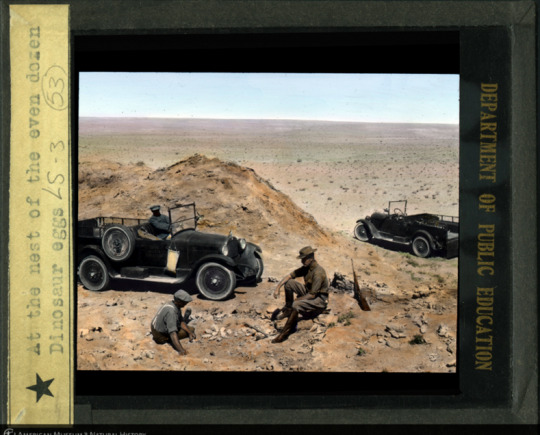
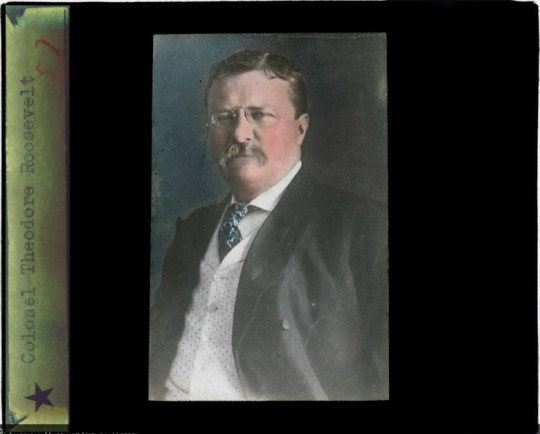
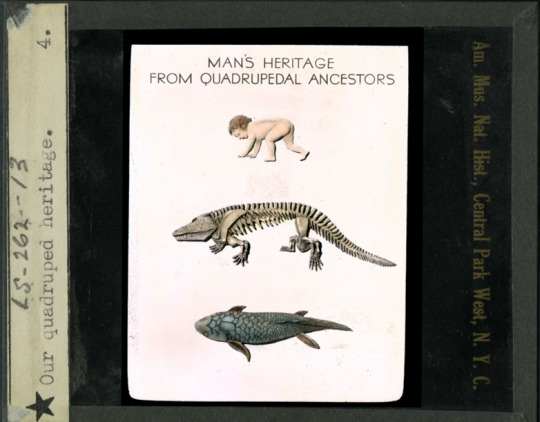
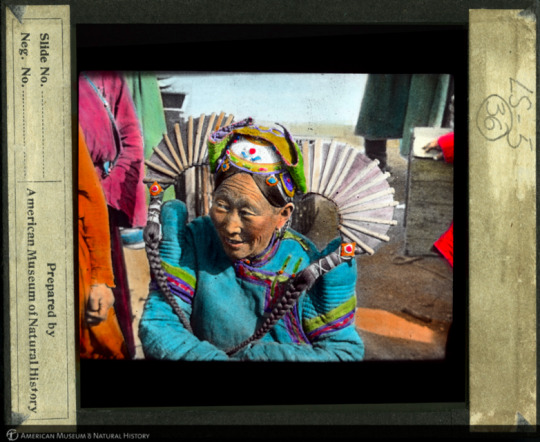
To expand the Museum’s educational mission beyond its walls, a lantern slide lending library was created and formed the basis of the Natural Science Study Collections which the Museum delivered to New York schools. The lantern slides, reproduced from the growing collection of photographs created and collected by the Museum staff, were originally used to illustrate lectures given to the public at the Museum. The lectures were so successful that a new and larger theater was constructed in 1900 to accommodate the growing crowds. The hand-colored lantern slides shown in this collection range in topic from scenes in the Museum to newly arrived families at Ellis Island - offering a view into the history of science as well as the history of New York City. These beautifully colored images detail the art behind this fascinating photographic process and showcase for future generations science and culture from over a century ago.
See more in the Museum archives.
94 notes
·
View notes
Link
156 notes
·
View notes
Photo










Some examples of Mimbres pottery
https://en.wikipedia.org/wiki/Mogollon_culture#Mimbres_branch
467 notes
·
View notes
Photo

Originalbeitrag von Sprach-Blog.de, inspiriert von @eddersko
1K notes
·
View notes
Link
Because anthropology isn’t exempt from the awful behavior of the science world-
Brian Richmond, curator of physical anthropology at the American Museum of Natural History is currently on his third round of investigation for sexually assaulting a researcher in his department. The investigation has been going on for a year, multiple women have come forward with stories of sexual harassment and assault. The museum’s response? A raise for Richmond and ongoing silence about what they will do to stop rape culture in the sciences.
On the heels of CalTech and MIT, it seems like the time for an institution, particularly one that is headed by a woman, to show leadership in how to address sexual harassment in science directly. The scientific community needs to stop treating predatory men as Researchers whose first year grad students simply need a quiet warning. The Science does not come before women’s safety. A reputation for handling things quietly makes you complacent in allowing a culture of sexism to thrive.
12 notes
·
View notes
Photo
Wow bold choice highlighting the paleoanthropology department this week considering Ian Tattersall’s replacement is currently under his third round of investigations for sexually assaulting a researcher.
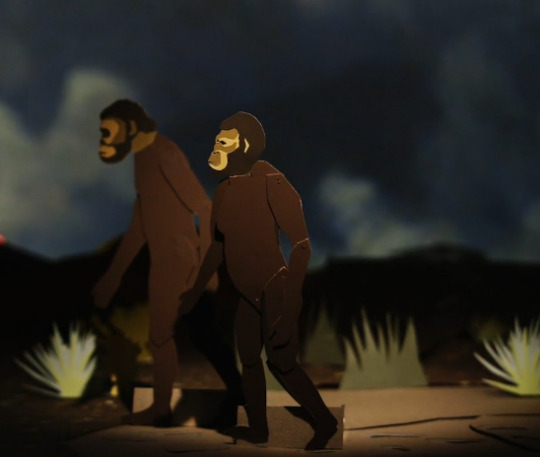

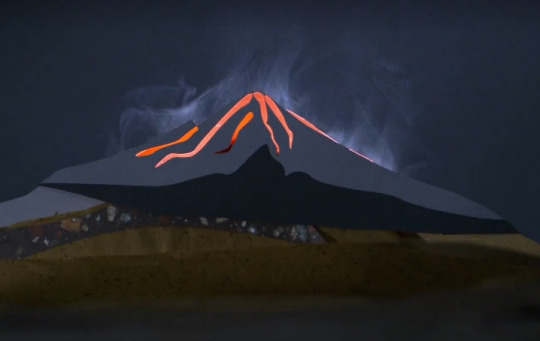

A new New York Times video examines the life and legacy of Mary Leakey.
The short documentary remembers the pioneering paleoanthropologist Mary Leakey, who discovered footprints of human ancestors on the African savanna. Her colleagues, several of whom help narrate, including American Museum of Natural History Curator Emeritus Ian Tattersall, uniformly remember her as an extraordinary character. Leakey was exacting in her science, and expected the same of her workers.
Watch the video.
150 notes
·
View notes
Link
In important reminder that the past is much more than what human DNA can tell us!
Dr. Willerslev and his colleagues are now looking for more clues to how the plague affected the Bronze Age world — as well as other pathogens that may have left behind genetic traces. He is now grateful that he and his colleagues didn’t simply throw out all their nonhuman DNA.
“It was just annoying waste lying there that we had to bully our way through,” said Dr. Willerslev. “Now it’s not waste anymore. It’s a potential gold mine.”
96 notes
·
View notes
Link
One of the buried children was an infant who died a few months after birth; the other was likely a late-term fetus. After the baby and the fetus died, their bodies were carefully laid atop a bed of red ocher, surrounded by antlers fashioned into hunting darts.
“These things we hardly ever find — it’s a very rare window into the worldview of these people,”
Interesting insight into the world of the Beringia
17 notes
·
View notes
Link
Interesting piece on how DNA is changing our understanding of evolution in Europe.
My favorite tidbit:
Previous studies had suggested that Europeans became better able to digest milk once they began raising cattle. Dr. Reich and his colleagues confirmed that LCT, a gene that aids milk digestion, did experience intense natural selection, rapidly becoming more common in ancient Europeans. But it didn’t happen when farming began in Europe, as had been supposed. The earliest sign of this change, it turns out, dates back only 4,000 years.
5000 years is a long time for gas.
36 notes
·
View notes
Video
Interesting to think about how the people we interact with, the objects we use, and the way we spend our days can be tracked by the microbial activity within us. The study of link between humans and our microbes is still very new, but its interesting to think how our evolution and cultural practices intersect in surprising ways. Also Jack is hilarious and he brought his small son to the lecture, adorable!
youtube
Americans spend an estimated 92% of their time indoors, yet we know little about the diversity of microbes that exist in the built environment. This collection of microbes is influenced by where we live, whom we live with, and what we do, but it also can have an effect on us and our health.
In this SciCafe, geneticist Jack Gilbert presents the most exciting and recent discoveries from this invisible world. Download this lecture as a podcast.
148 notes
·
View notes
Text
Side Blog
<<Shameless self-promotion:
Incase you’re looking for new stuff to follow, I recently started running a side blog for an adult learning series I’m running called Sexology on Tap.
http://sexologyontap.tumblr.com/
Its a blog for articles, websites and general information about the science of sexuality. We focus evolution, biodiversity, and, of course, socio-cultural and biological anthropology. If you’re in NYC we also have a facebook page for our events- we invite scientists to come speak about different topics related to reproduction and sexuality. Its fun!
Check out my blog and let me know what you think, I’m still getting a feel for it. Thanks!
/shameless self promotion>>
2 notes
·
View notes